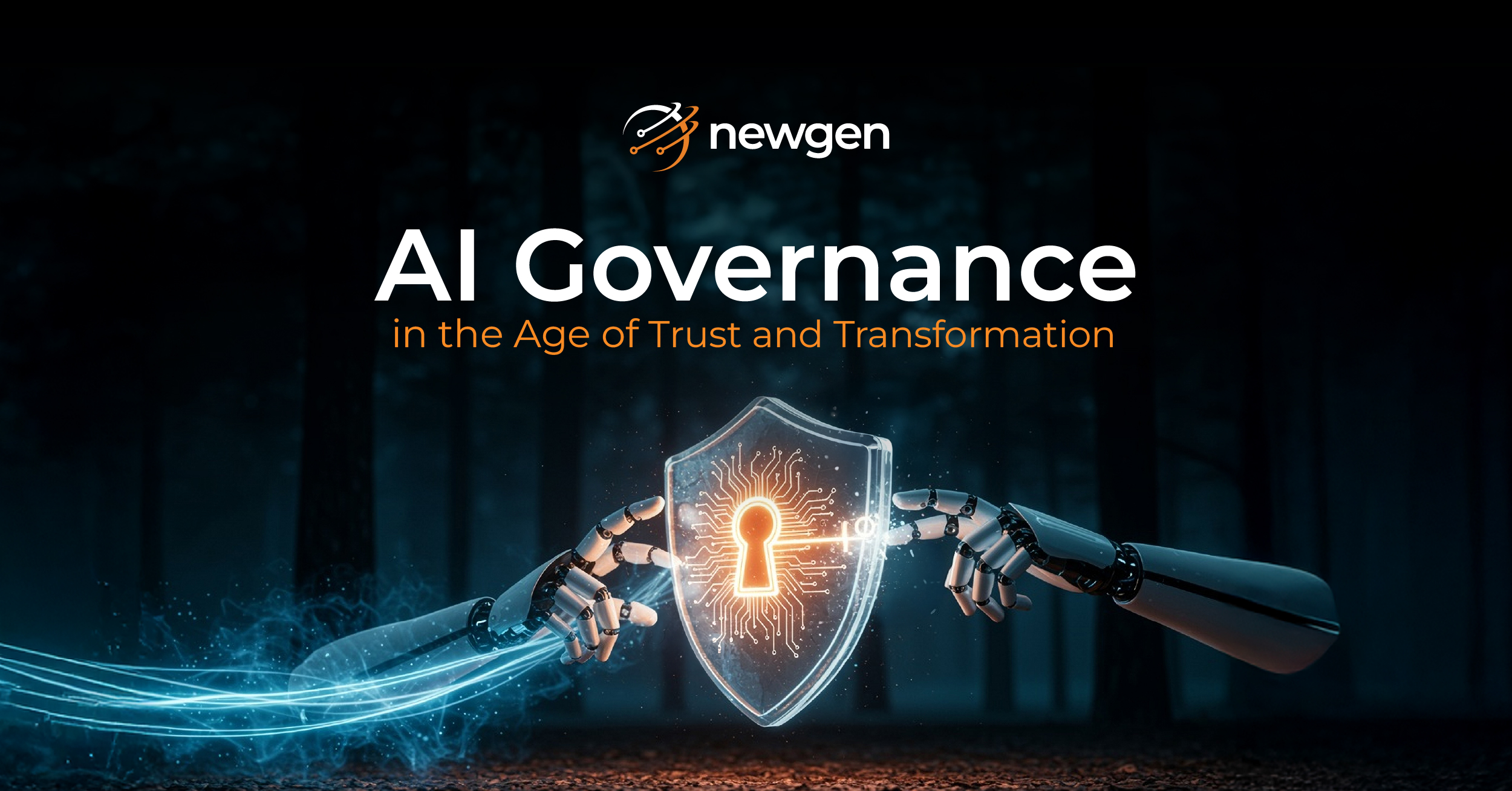If you have landed on this page, you probably need an Enterprise Content Management (ECM) solution to handle your organization’s large content volume effortlessly. However, you are uncertain about which one to opt for or even decide what would be the ideal fit. If that is the case, you are on the right page.
Enterprise content management has become a near prerequisite for organizations in this data-driven business landscape. As digital information grows exponentially, efficient content management becomes imperative to enhance productivity, maintain regulatory compliance, and foster collaboration.
An ECM system serves as the cornerstone for efficient content management, providing a centralized platform for storing, managing, and accessing content across the organization. It streamlines content-related processes, facilitates collaboration, and ensures compliance, making it indispensable for modern businesses looking to stay competitive and agile.
However, with a plethora of enterprise content management solutions available, how do you choose the right one for your business?
Selecting the Right Enterprise Content Management Solution
Selecting the ideal ECM software is pivotal for any organization navigating the digital landscape. And with each ECM solution provider touting themselves as the best in the business, finding the right one can be an arduous and daunting task.
This guide will walk you through the key considerations to make an informed decision. Whether you want to enhance document management, streamline workflows, bolster security, or promote collaboration, this guide will help ensure that your desired ECM system aligns perfectly with your business goals. Without further ado, let’s get started.
1. Understand Your Needs and Objectives
Before diving into the ECM solution market, it’s crucial to understand your organization’s unique needs and objectives. Consider the following questions:
- What specific challenges or pain points are you looking to address?
- What types of content do you handle, and how is it currently managed?
- What compliance and security requirements do you need to meet?
- Do you require integration with other software and systems?
- How many users will need access to the ECM system?
- What is your budget for implementing and maintaining an ECM software?
Understanding your requirements will help you narrow your options and focus on solutions that align with your business goals.
2. Assess Deployment Options
An enterprise content management solution can be deployed in various ways, including on-premises, cloud-based, and hybrid models. Each deployment option has its pros and cons:
On-Premises: You have complete control over your data and infrastructure, but it requires substantial upfront investment in hardware and IT expertise.
Cloud-Based: A cloud-based ECM software offers scalability and accessibility with lower initial costs. However, you’ll entrust your data to a third-party provider, so thoroughly evaluate data security and compliance.
Hybrid: A combination of on-premises and cloud solutions offers flexibility but may require a more complex setup.
When choosing the deployment model, consider your organization’s IT infrastructure, data security policies, and scalability needs.
3. Evaluate Key Features
Different ECM systems may offer a different set of features, and the importance of each may vary depending on your organization’s needs. Nonetheless, here are some essential features to consider:
Document Management: Store, organize, and retrieve documents and files efficiently
Workflow Automation: Streamline business processes by automating tasks and approvals
Records Management: Ensure compliance and retention policies for essential documents
Collaboration Tools: Facilitate collaboration and version control among team members
Search and Retrieval: Locate content quickly with robust search capabilities
Security and Access Control: Leverage comprehensive data security and role-based access controls
Integration: Seamlessly integrate with existing systems, such as CRMs and ERPs
Scalability: Grow with your organization’s content needs
User-Friendly Interface: Intuitive user interfaces for easy use and access.
4. Consider Vendor Reputation and Support
Another factor to consider when seeking the ideal enterprise content management system is the vendor’s reputation. Look for reviews, case studies, and testimonials from other organizations that have used or are using the ECM software. A proficient ECM solution provider will also possess extensive expertise across various industries, such as BFSI (Banking, Financial Services, and Insurance) and healthcare.
Don’t forget to assess the level of customer support they offer. A responsive support team can significantly impact your implementation and ongoing usage of the ECM system.
5. Ensure Compliance and Security
Compliance with regulatory requirements is crucial, though compliances can vary depending on your industry. Ensure the ECM system has features that can help you adhere to industry-specific requirements.
In addition to compliance adherence, security and reliability are paramount when dealing with sensitive business content. Data breaches cost companies millions of dollars. So, evaluate the security measures to protect your sensitive data during storage and transmission. Also, research whether the vendor has a history of security breaches or data loss incidents.
6. Calculate the Total Cost of Ownership (TCO)
Beyond the initial purchase price, calculate the TCO of the ECM software over time. Consider factors like licensing, maintenance, support, and potential customization costs. Make sure the solution aligns with your budgetary constraints. It will help you make a comprehensive and informed decision about the affordability and sustainability of the chosen ECM software.
7. Request Demos and Trials
Before making a final decision, request demos or trials of the ECM solution you’re considering. Hands-on experience will give you a better sense of how the system works and whether it meets your requirements.
8. Involve Key Stakeholders
Lastly, involve key stakeholders from different departments within your organization in the decision-making process. Their input can help identify specific needs and potential roadblocks.
Summing Up
Choosing the right enterprise content management solution for your business is a critical decision that requires a careful and thorough analysis of your organization’s requirements, deployment options, key features, vendor reputation, compliance, security, and cost. Considering these factors will help you make a well-informed decision that streamlines your content management processes and propels your business toward greater efficiency, collaboration, and success.
Remember, the right ECM solution is not just a tool but a catalyst for your organization’s growth and innovation. Choose wisely, and your investment in ECM will pay dividends through improved productivity and a more agile, competitive enterprise.
You might be interested in




